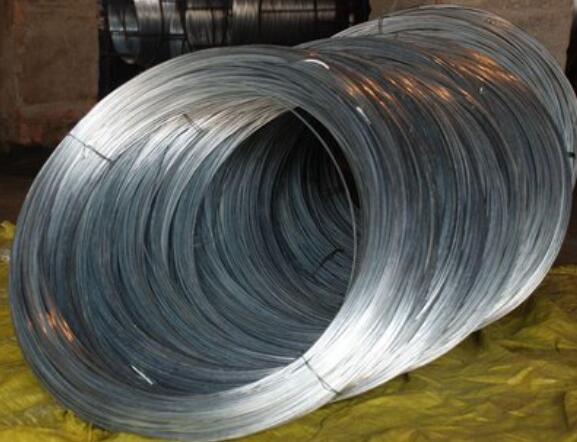Understanding Mesh Welding Techniques and Applications
Mesh welding, a pivotal process in the field of manufacturing and metal fabrication, involves the joining of wires or metal strips to form a mesh. This technique is widely utilized across various industries, including construction, automotive, agriculture, and the manufacturing of consumer goods. By harnessing the principles of welding, mesh welding brings together multiple wires at specific junctions, creating a robust and versatile material that can be custom-tailored to meet various requirements.
One of the fundamental techniques used in mesh welding is resistance welding. This method relies on the principles of electrical resistance and heat generation. When an electric current passes through the wires, the heat produced at the contact points is sufficient to melt the metal and fuse the wires together. This process is efficient and allows for high-speed production while ensuring strong welds. Additionally, resistance welding is suitable for various wire diameters and materials, making it a flexible choice for manufacturers.
Another approach in mesh welding is the use of MIG (Metal Inert Gas) welding. In this technique, a continuous solid wire electrode is fed through a welding gun and into the weld pool, where it melts to create a strong joint. MIG welding is particularly advantageous for thicker materials and offers greater versatility in terms of the types of metals that can be joined. It allows for automation and can be easily integrated into modern production lines, increasing efficiency and reducing labor costs.
The applications of mesh welding are diverse and wide-ranging
. In the construction industry, welded wire mesh provides structural integrity to concrete, acting as reinforcement in slabs, walls, and pavements. The use of mesh increases the load-bearing capacity of concrete structures and reduces the likelihood of cracking, ensuring durability over time.mesh welding

In agriculture, mesh welding has found its place in the manufacturing of fencing and cages. Welded wire fences are popular for animal enclosures, providing security and preventing livestock from escaping. Additionally, welded mesh is used for garden applications, such as trellises and plant supports, allowing for efficient growth and crop management.
In the automotive sector, mesh welding is used to produce components for various systems, including exhaust systems, frames, and structural parts. The strength and durability of welds achieved through mesh welding contribute significantly to vehicle safety and longevity. Furthermore, because these welds can be made at high speeds, manufacturers can streamline production processes, ultimately reducing costs.
Mesh welding is not limited to heavy industries; it has also made its mark in the production of consumer goods. Home appliances, furniture, and decorative pieces often utilize welded mesh for both aesthetic appeal and functional strength. For example, welded wire shelving units are widely used in homes and commercial spaces due to their open design and load-bearing capabilities.
Environmental considerations are becoming increasingly important in the mesh welding industry. Manufacturers are exploring ways to reduce waste and energy consumption during the welding process. Implementing advanced technologies, such as laser welding and automation, can enhance efficiency and minimize the ecological footprint. Furthermore, using recyclable materials in the production of welded mesh can contribute to sustainability efforts, aligning with global goals for environmental preservation.
In conclusion, mesh welding represents a foundational technique in modern manufacturing that combines strength, versatility, and efficiency. Its applications span across numerous industries, underscoring its importance in both functional and decorative roles. As technology advances and environmental considerations become more pressing, the methods and materials used in mesh welding will continue to evolve, paving the way for innovations that meet the demands of the future. Whether for practical uses in construction or in the production of consumer goods, mesh welding remains an indispensable process in the world of fabrication and engineering.

















